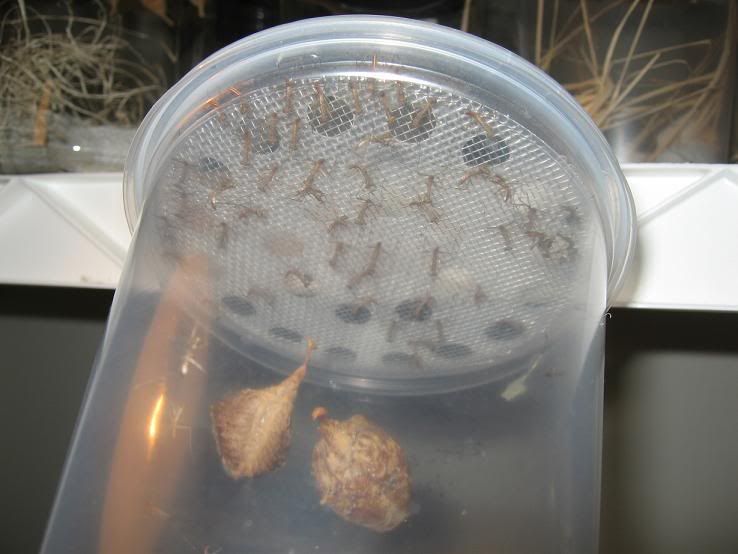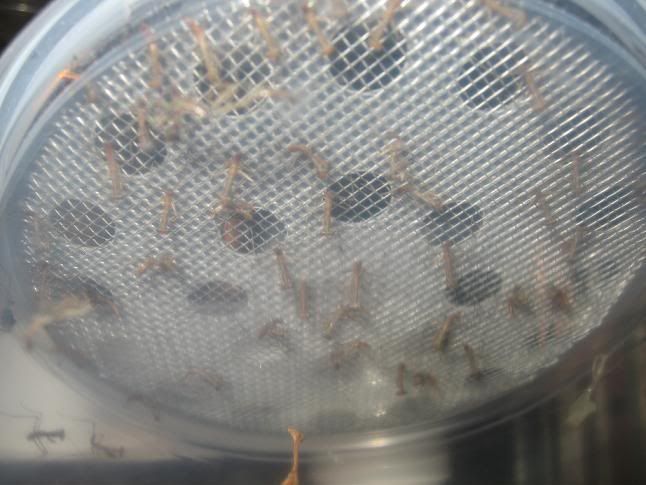Anyone here following my website probably found out i have traded two ootheca of Rhombodera sp. recently. Well, one of it hatched the next day! But only 4 nymphs hatched out, when i was separating them this evening, one more hatched out. I really hope to raise them to adulthood but it will be tough. Hopefully I can spread this species eventually.
Ootheca (The top two are Rhombodera sp. bottom two are D. Desiccata)
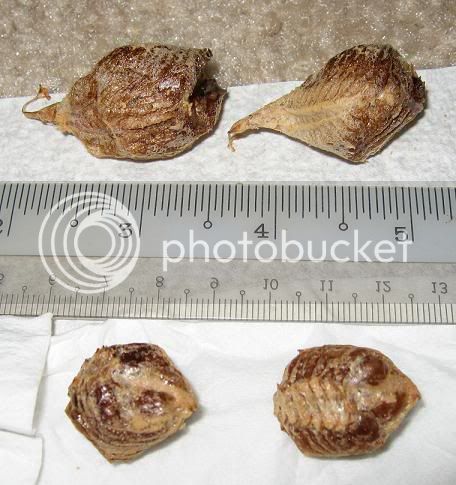
Hatching
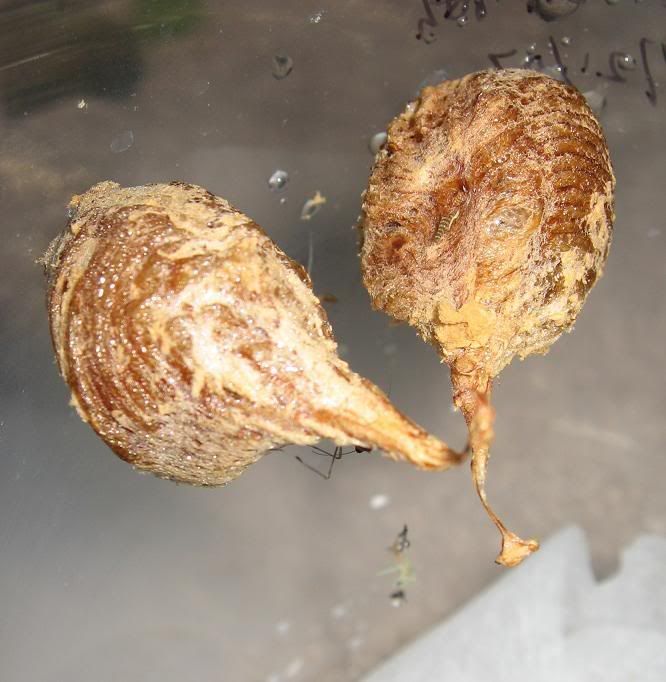
L1
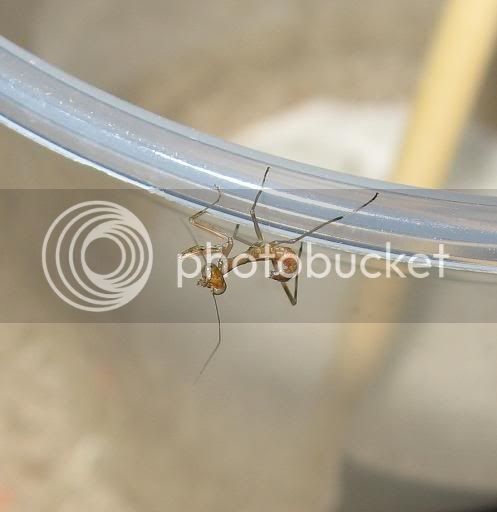
This is the adult female which produced the ooth
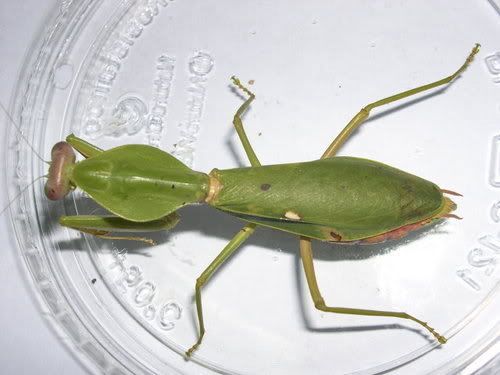
edit: Taking R. Basilis out till further identification.
Ootheca (The top two are Rhombodera sp. bottom two are D. Desiccata)

Hatching

L1

This is the adult female which produced the ooth

edit: Taking R. Basilis out till further identification.




